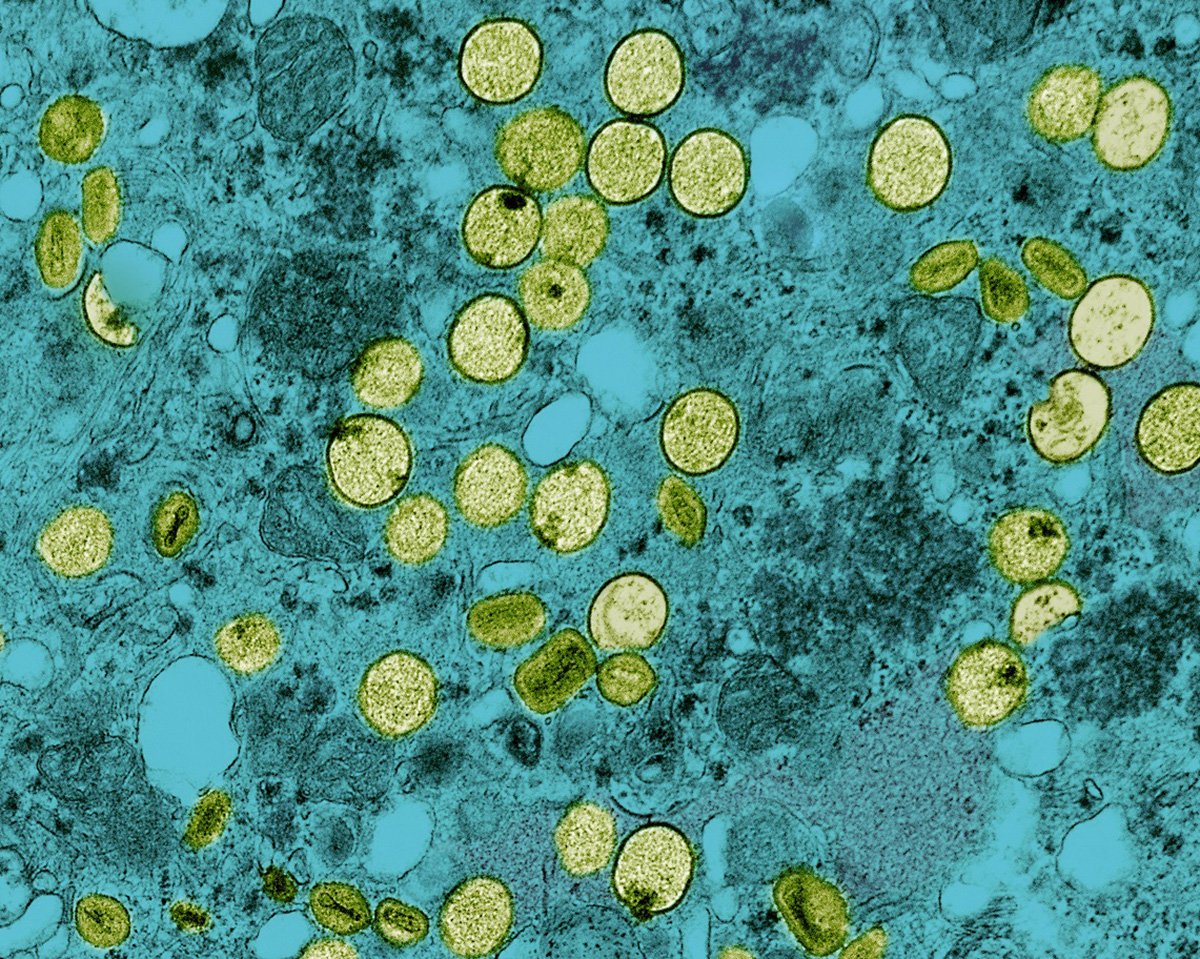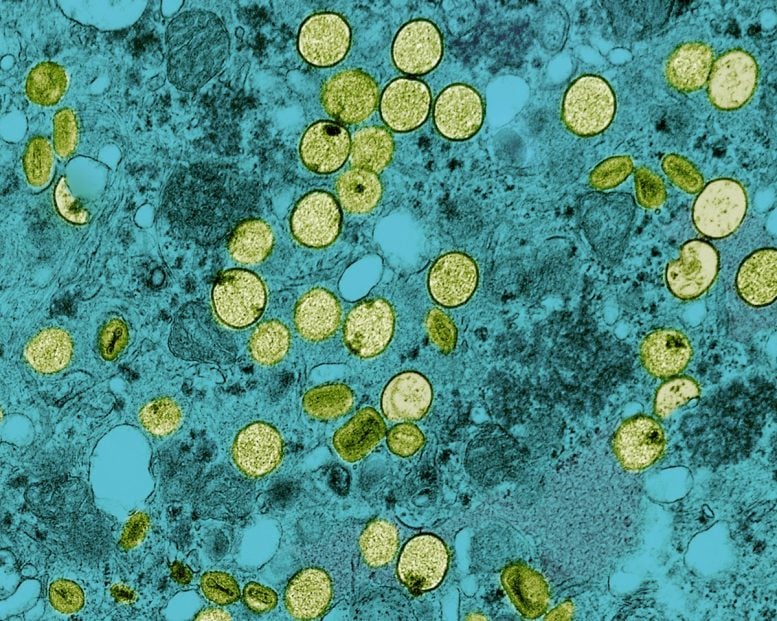

The NIH clinical trial aims to address the knowledge gap regarding vaccine use in adolescent populations.
A clinical trial funded by the National Institutes of Health (NIH) found that an mpox vaccine was safe for adolescents and produced an antibody response comparable to that seen in adults, according to a planned interim analysis. Adolescents are among the groups affected by the current Clade I mpox outbreak. The interim findings were presented at the IDWeek2024 conference in Los Angeles.
The first human case of mpox was recorded in 1970 in the Democratic Republic of the Congo (DRC). Two types of the virus that causes mpox have been identified. Clade I is endemic in Central Africa and can cause severe illness. Clade II, endemic in West Africa, caused the global mpox outbreak that began in 2022 and tends to result in milder illness.
People with compromised immune systems, children, and those who are pregnant are especially vulnerable to severe mpox regardless of the virus clade. A large proportion of people affected in the current Clade I outbreak in the DRC and other African countries are adolescents and children.
The MVA-BN Vaccine
The modified vaccinia Ankara-Bavarian Nordic (MVA-BN) vaccine is approved in several countries for the prevention of mpox and smallpox in adults, but insufficient data are available to support licensure for people younger than 18 years.
NIH’s National Institute of Allergy and Infectious Diseases (NIAID) is sponsoring a mid-stage study in the United States to evaluate the safety and immune response generated by two doses of MVA-BN in adolescents aged 12-17 years, comparing outcomes to those in adults aged 18-50 years. In a planned interim analysis, study investigators measured antibody levels two weeks after the second dose (study day 43) and monitored safety through 180 days after the second dose (study day 210).
Study Findings
The analysis showed that the MVA-BN vaccine generated antibody levels in adolescents equivalent to those observed in adults at day 43 and found that the vaccine was well tolerated through study day 210. The overall frequency of adverse events was comparable between the study groups. Reports of dizziness were more common in adolescents than adults, but similar to the frequency of dizziness reported when other vaccines are administered in adolescents.
According to the study team, the interim data support the safety and quality of the immune response generated by the MVA-BN vaccine in adolescents, findings relevant to the United States and other areas where mpox cases have occurred. The authors underscored the need to evaluate the MVA-BN vaccine in younger children to extend the evidence base to all people affected by mpox.
NIH is grateful to the research sites and volunteers who participate in studies to improve the mpox response.
Reference: “Safety and Immunogenicity of Mpox Vaccination in Adolescents” by CM Healy et al, 19 October 2024, IDWeek2024.
The study was funded by the National Institute of Allergy and Infectious Diseases.
For more information about this study, please visit ClinicalTrials.gov and use the identifier NCT05512949.